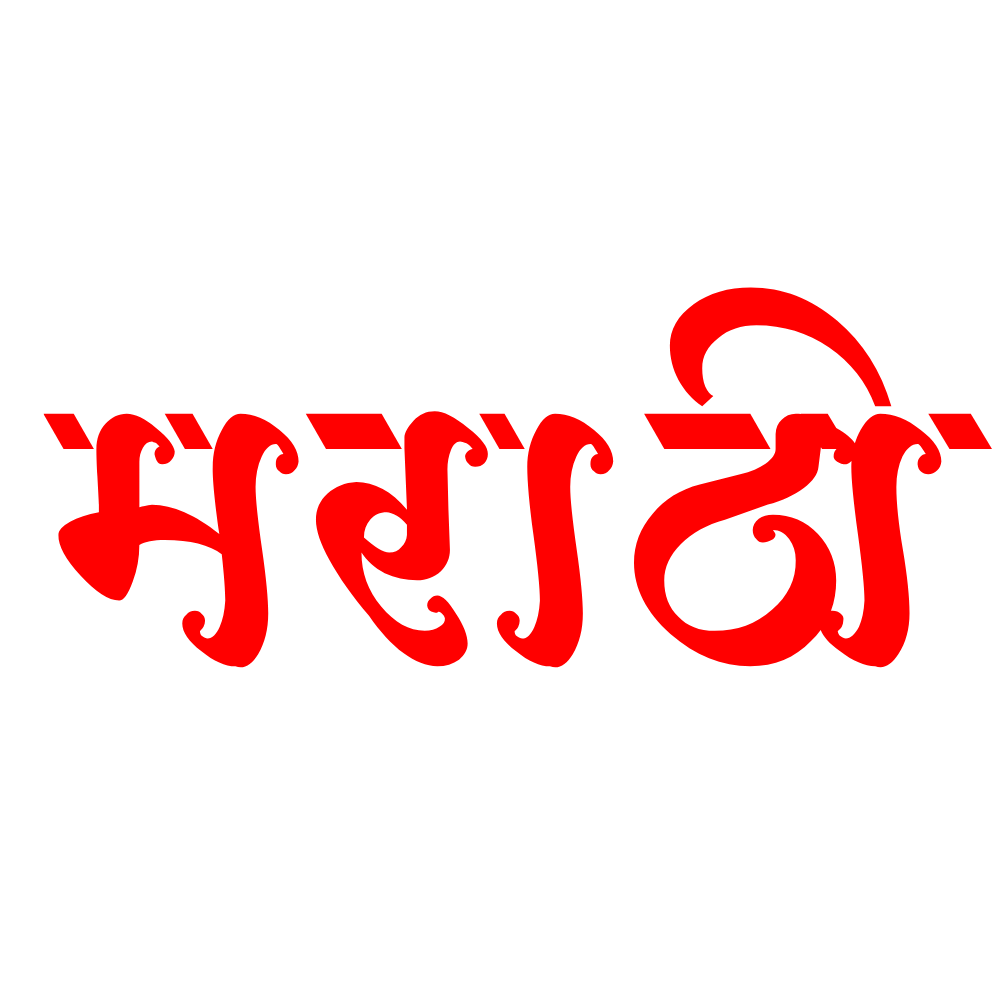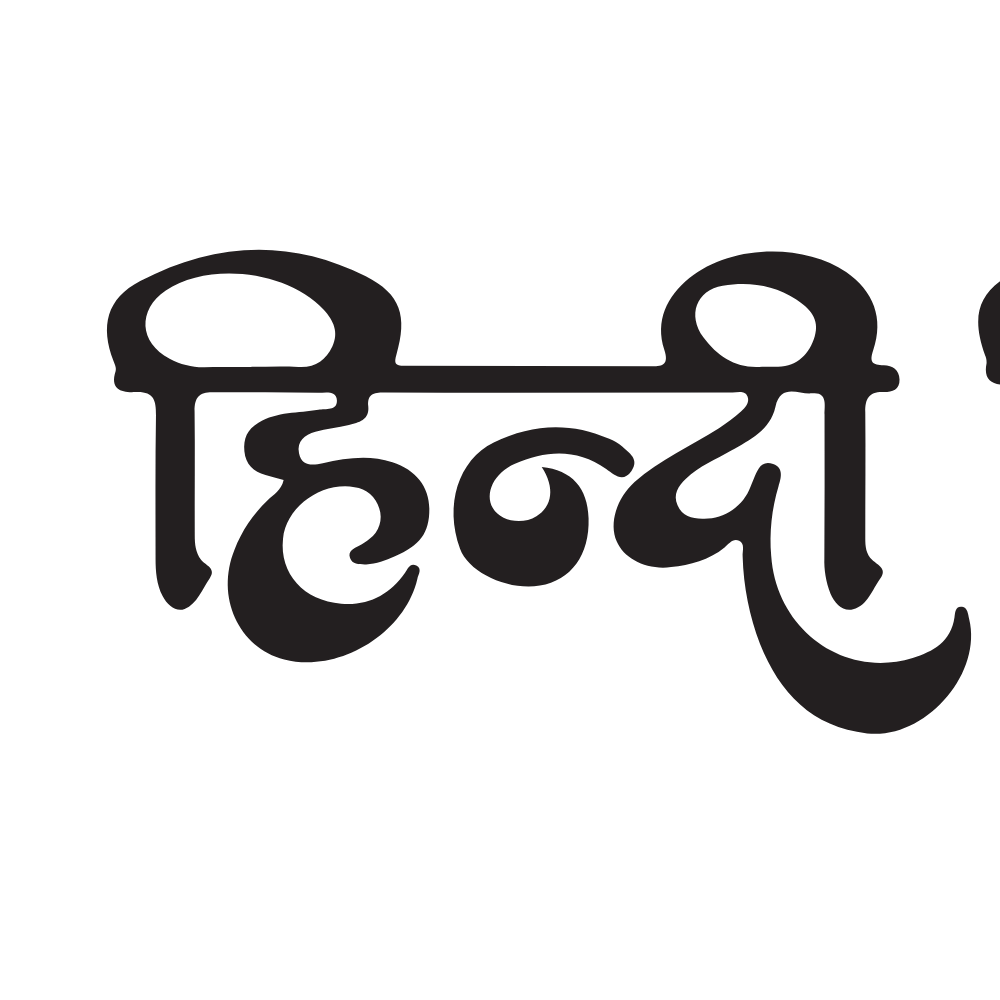In India, language is more than a tool of communication – it’s tied to identity, culture, pride, and politics. Nowhere is this more evident than in Maharashtra, where the dynamics between Marathi, the regional language, and Hindi, the national language, have often sparked heated debates. This “Marathi vs Hindi” article explores the cultural significance, political undercurrents, and evolving tensions between these two languages within the state.
The Importance of Marathi in Maharashtra
Cultural Backbone
Marathi is not just a language; it’s the soul of Maharashtra. It is the mother tongue of the majority and has a deep-rooted connection to the region’s history, literature, and cultural pride. Greats like Shivaji Maharaj, Sant Tukaram, and P. L. Deshpande enriched the language through their work and legacy.
Official Status
- Marathi is the official language of the Maharashtra government.
- All administrative, legal, and educational functions at the state level prioritize Marathi.
- The Maharashtra Official Languages Act (1964) mandates the use of Marathi in official documentation and government communication.
The Rise and Spread of Hindi
National Influence
Hindi, being one of the two official languages of India (along with English), enjoys widespread use in media, administration, and education.
Bollywood and Popular Media
Mumbai, the heart of Bollywood, produces content primarily in Hindi. As a result:
- Hindi has become the language of mainstream entertainment in Maharashtra.
- Many urban youth, especially in cities like Mumbai and Pune, are more comfortable with Hindi than Marathi.
Migration and Demographics
- Mumbai and other parts of Maharashtra have seen mass migration from northern states like Uttar Pradesh and Bihar.
- This has led to an increased Hindi-speaking population, especially in urban and semi-urban areas.
Language Tensions in Maharashtra
Political Movements
Several regional political parties have historically positioned themselves as protectors of Marathi identity.
- Shiv Sena and MNS (Maharashtra Navnirman Sena) have campaigned aggressively for the primacy of Marathi in signage, education, and employment.
- Protests have erupted over the use of Hindi in public signboards, railway announcements, and even Bollywood dialogues.
Employment and Education
- There is tension over whether knowledge of Marathi should be mandatory for jobs in Maharashtra.
- Debates continue over the medium of instruction in schools—whether to prioritize English, Hindi, or Marathi.
Pros and Cons of Marathi & Hindi Language
Marathi

Pros:
- Strong regional and cultural identity
- Promotes local literature, arts, and traditions
- Easy communication with native population in Maharashtra
Cons:
- Limited scope outside the state
- Seen as less “aspirational” by youth compared to English or Hindi
Hindi

Pros:
- Widely understood across India
- Preferred in national media and Bollywood
- Helpful in inter-state communication and central government dealings
Cons:
- Seen as an “outsider” language by regional groups
- Associated with cultural dominance over local languages
Interesting Facts about Marathi & Hindi
- Dadasaheb Phalke, the father of Indian cinema, made India’s first feature film in Marathi.
- Marathi literature has produced Jnanpith Award winners, such as V. S. Khandekar and Bhalchandra Nemade.
- Bollywood films dubbed in Marathi have started gaining popularity among local audiences.
- In 2021, the Maharashtra government made it mandatory for all schools to teach Marathi as a subject.
- Language pride often influences local elections and political manifestos.
Dark Side of the Language Divide
While language can unite people, it can also become a tool for division:
- Violent clashes have occurred in Mumbai over linguistic issues.
- Discrimination in housing and jobs has been reported based on language fluency.
- Language nationalism has sometimes fueled xenophobia and regional exclusion.
Bright Side: Cultural Coexistence
Despite the friction, there’s also a beautiful side to Maharashtra’s linguistic landscape:
- Festivals like Ganesh Chaturthi are celebrated with Marathi songs and Hindi Bollywood remixes.
- Many Maharashtrians are bilingual or trilingual, easily switching between Marathi, Hindi, and English.
- Inter-cultural marriages and joint festivals have helped bridge linguistic gaps.
people also read this : mp-vs-mla
Marathi vs Hindi : Current Tensions
- Public Sentiment: Social media reflects a growing divide. Some Maharashtrians argue that migrants should learn Marathi out of respect for the state that sustains them, while others see Hindi’s use as inevitable in a cosmopolitan hub like Mumbai. Posts on X from March 2025 highlight this friction, with users decrying Hindi’s “arrogance” in customer service or lamenting Marathi’s erosion in urban areas.
- Border Disputes: The language war extends to Maharashtra’s border with Karnataka, particularly in Belagavi, where Marathi-Kannada tensions flared in early 2025. Assaults on bus drivers and protests by groups like Karnataka Rakshana Vedike underscore how linguistic pride can escalate into physical confrontations.
- Policy Pushback: The state’s resistance to Hindi mirrors Tamil Nadu’s fight against the NEP’s three-language formula. Maharashtra’s insistence on Marathi in schools and offices is less about rejecting Hindi outright and more about asserting autonomy against perceived central overreach.
Marathi vs Hindi : FAQs
1. Is Marathi being replaced by Hindi in Maharashtra?
No, Marathi remains the dominant language, especially in rural areas and official work. However, Hindi is becoming more popular in urban settings.
2. Why do some political parties oppose Hindi in Maharashtra?
They see it as a threat to regional identity and fear cultural domination by the Hindi-speaking belt.
3. Can someone live in Mumbai without knowing Marathi?
Yes, especially in Mumbai and Pune, many people get by with Hindi and English. However, knowing Marathi is always a plus.
4. Is learning Hindi mandatory in Maharashtra?
No, but it is widely taught in schools. Marathi, however, has been made mandatory as a subject in all schools in Maharashtra.
Conclusion
The Marathi vs Hindi debate in Maharashtra reflects a broader tension between regional pride and national unity. While both languages have their merits and space in society, the need of the hour is mutual respect and coexistence. Language should be a bridge, not a barrier. As Maharashtra continues to evolve culturally and politically, finding the right balance between Marathi pride and Hindi inclusion will shape its future identity.
Disclaimer
This article is for informational purposes only. It does not aim to offend or promote any linguistic or regional bias. The intention is to foster understanding and dialogue.



